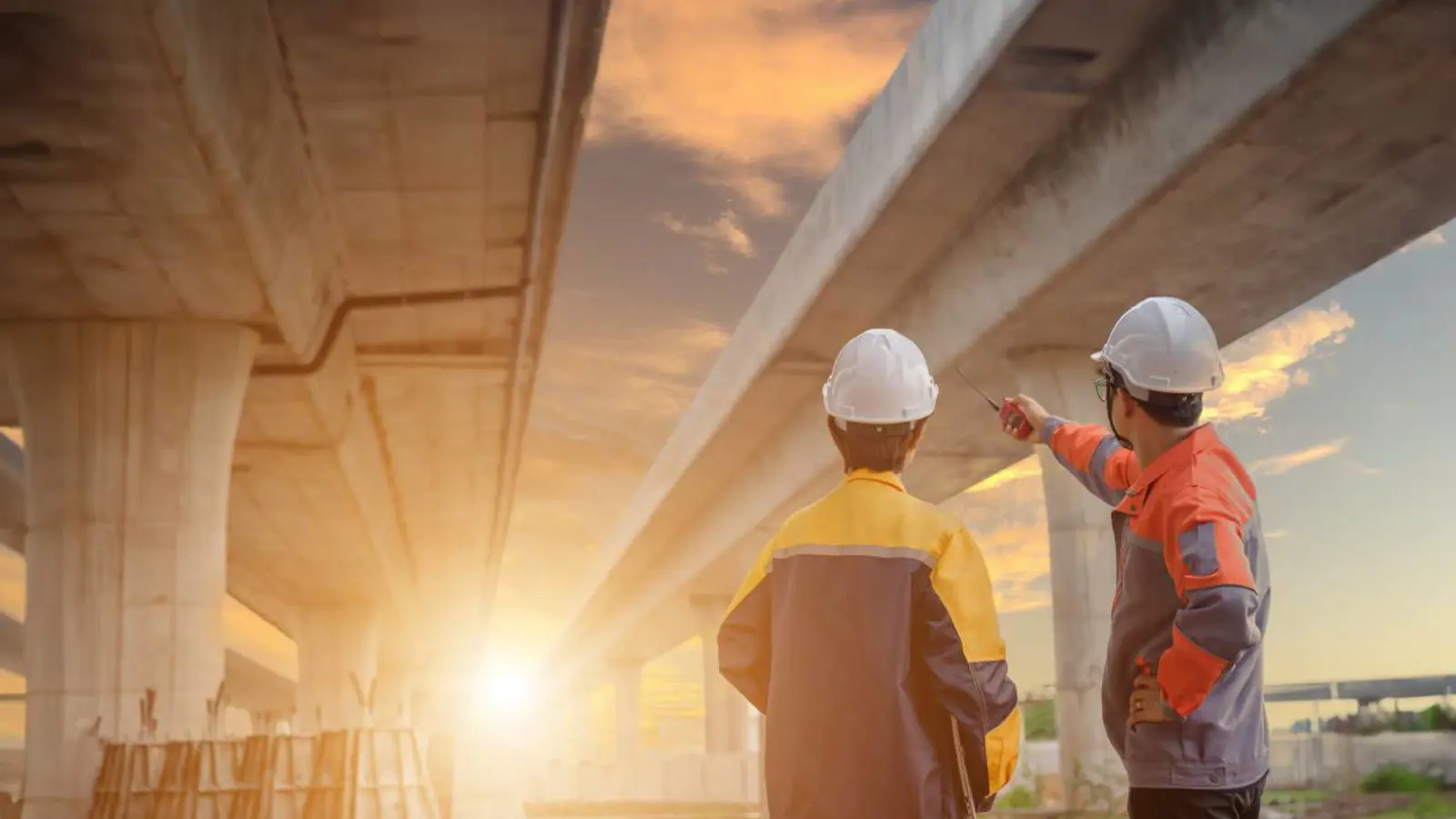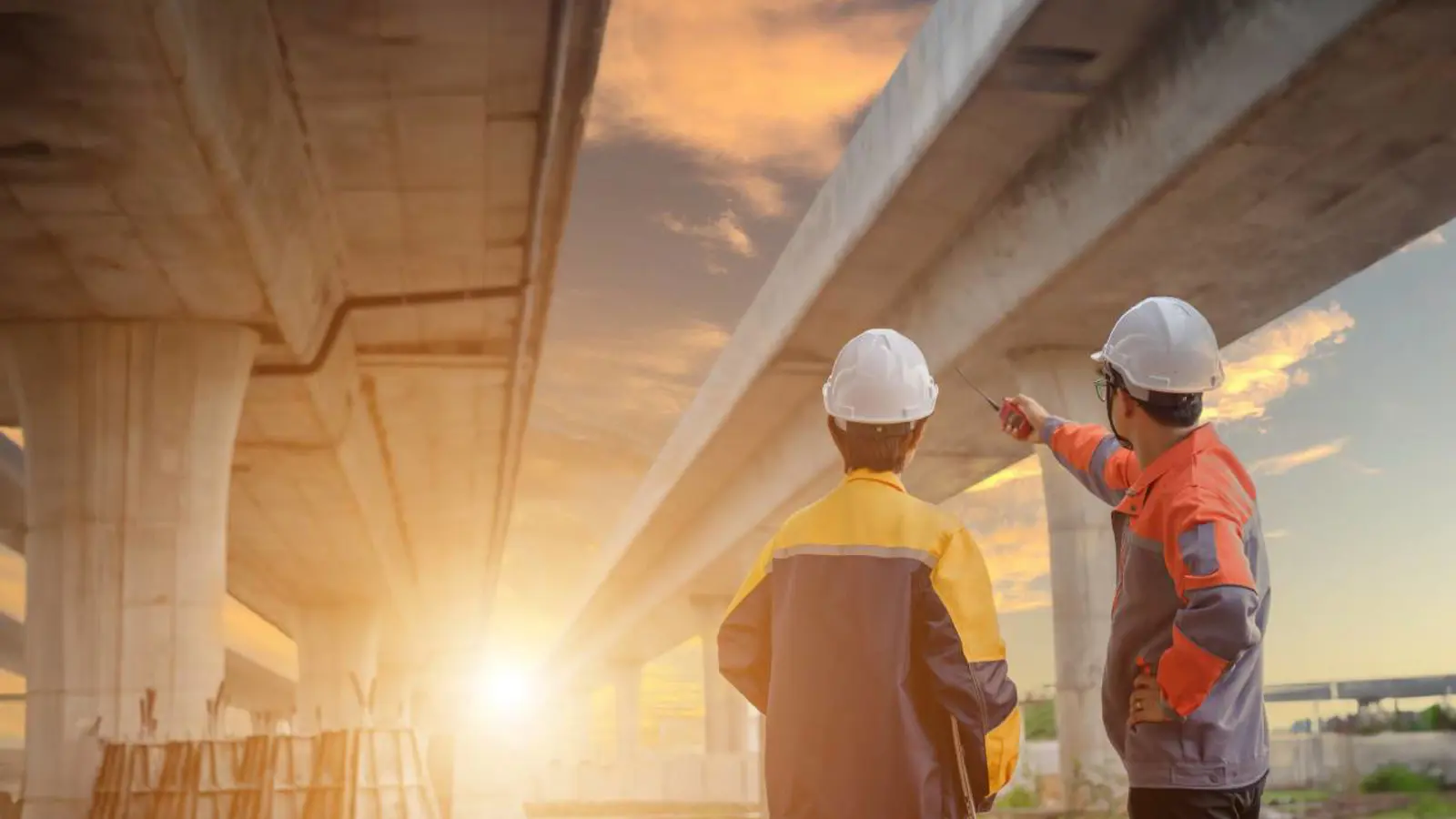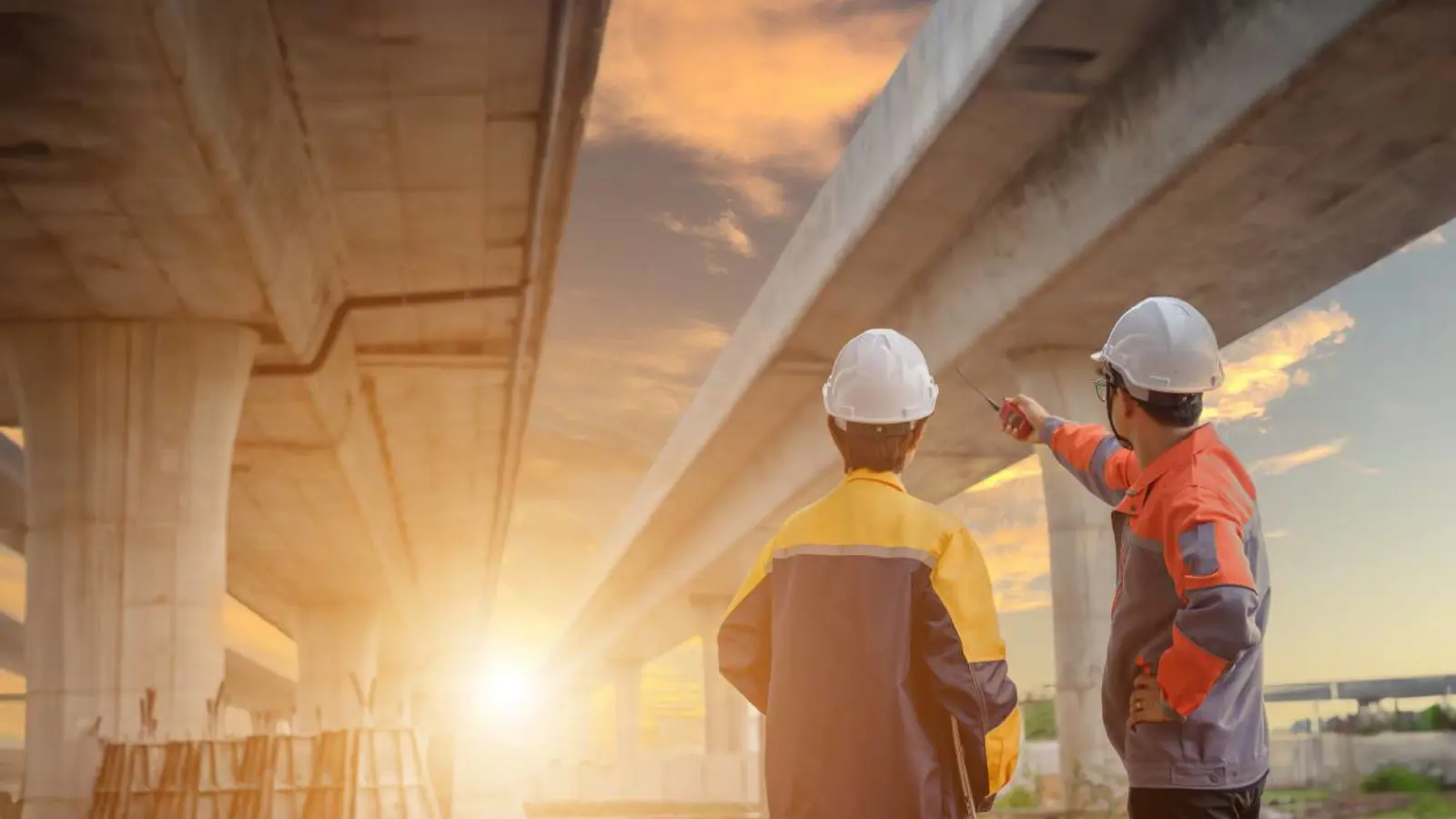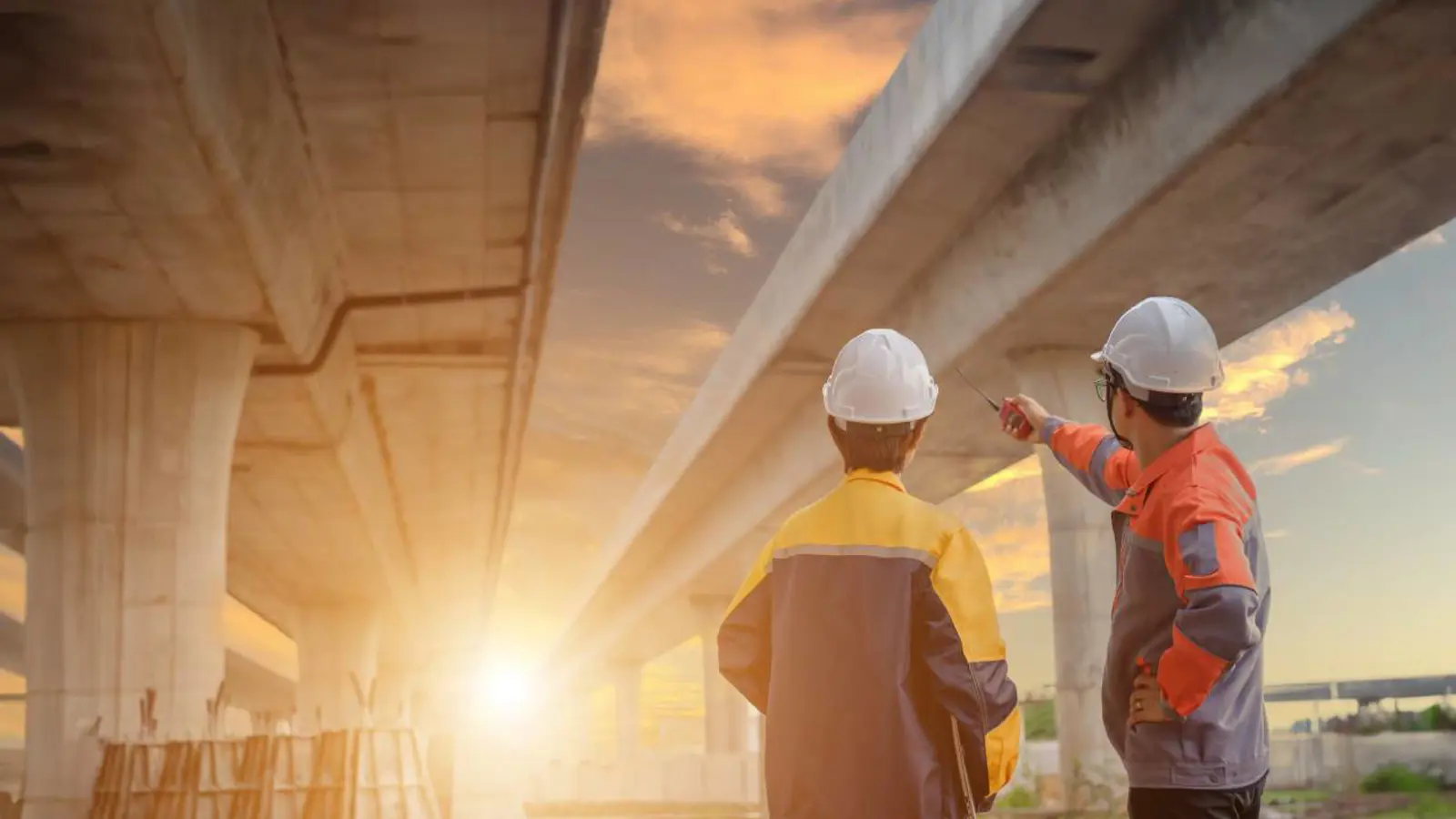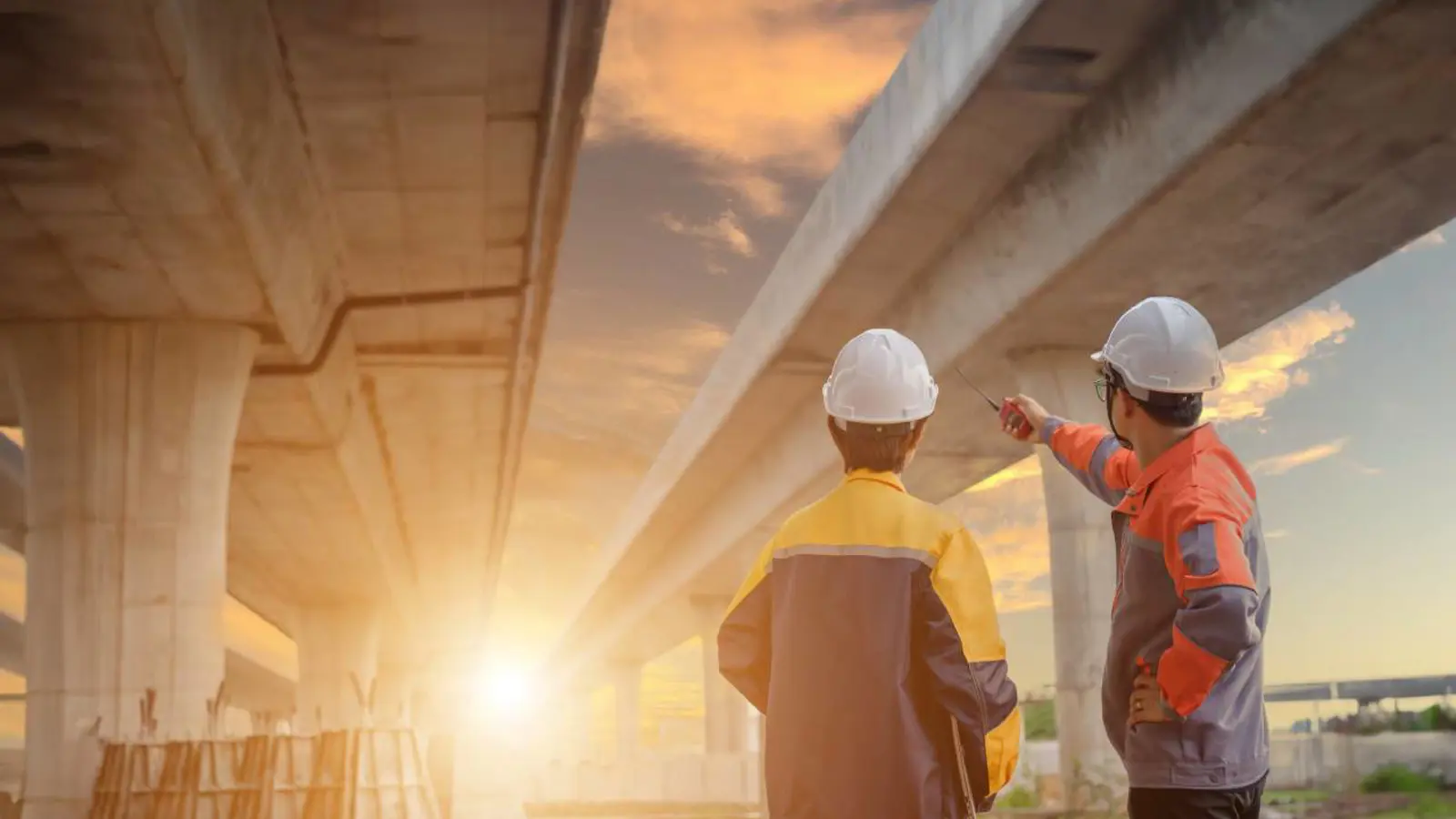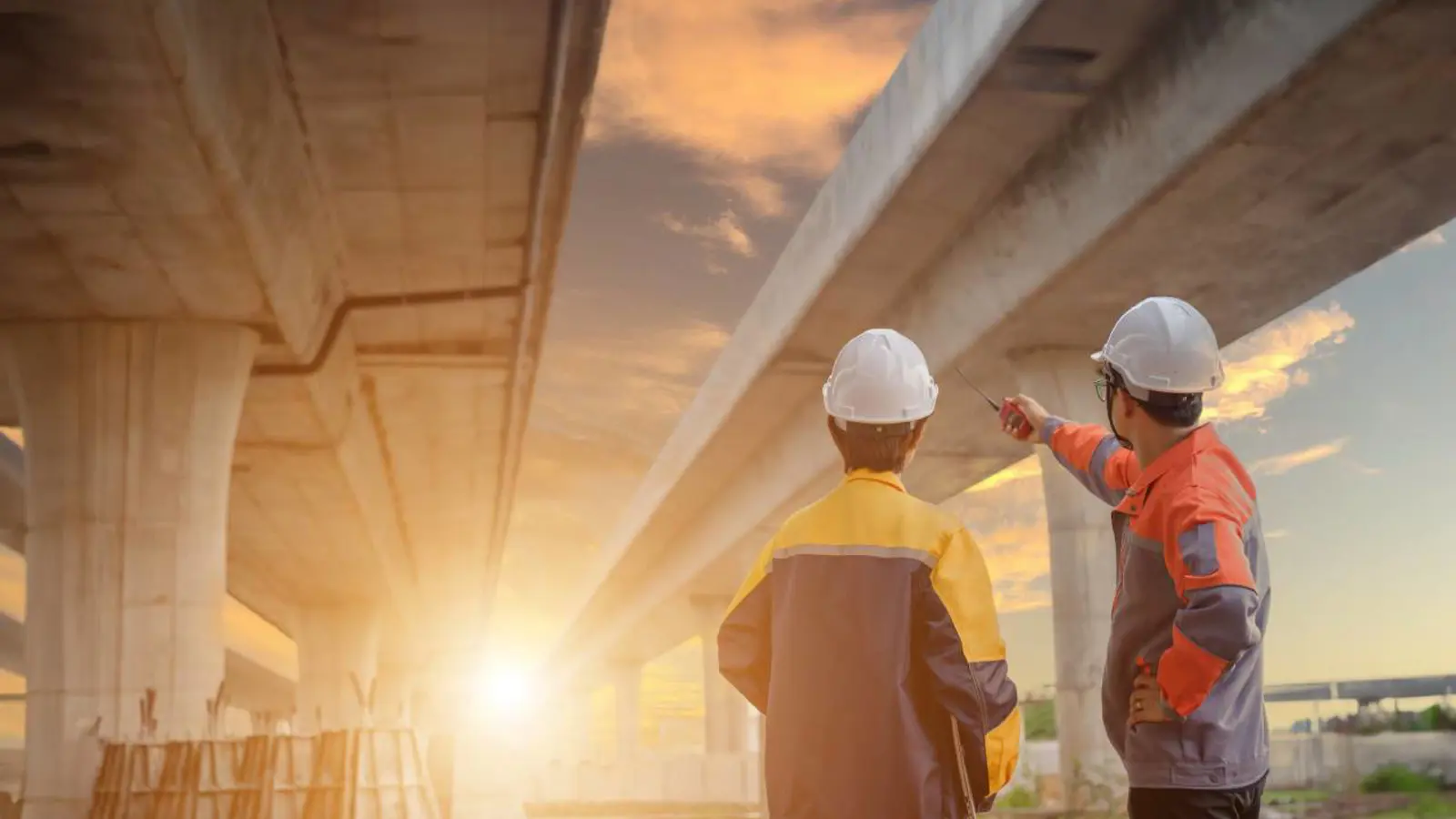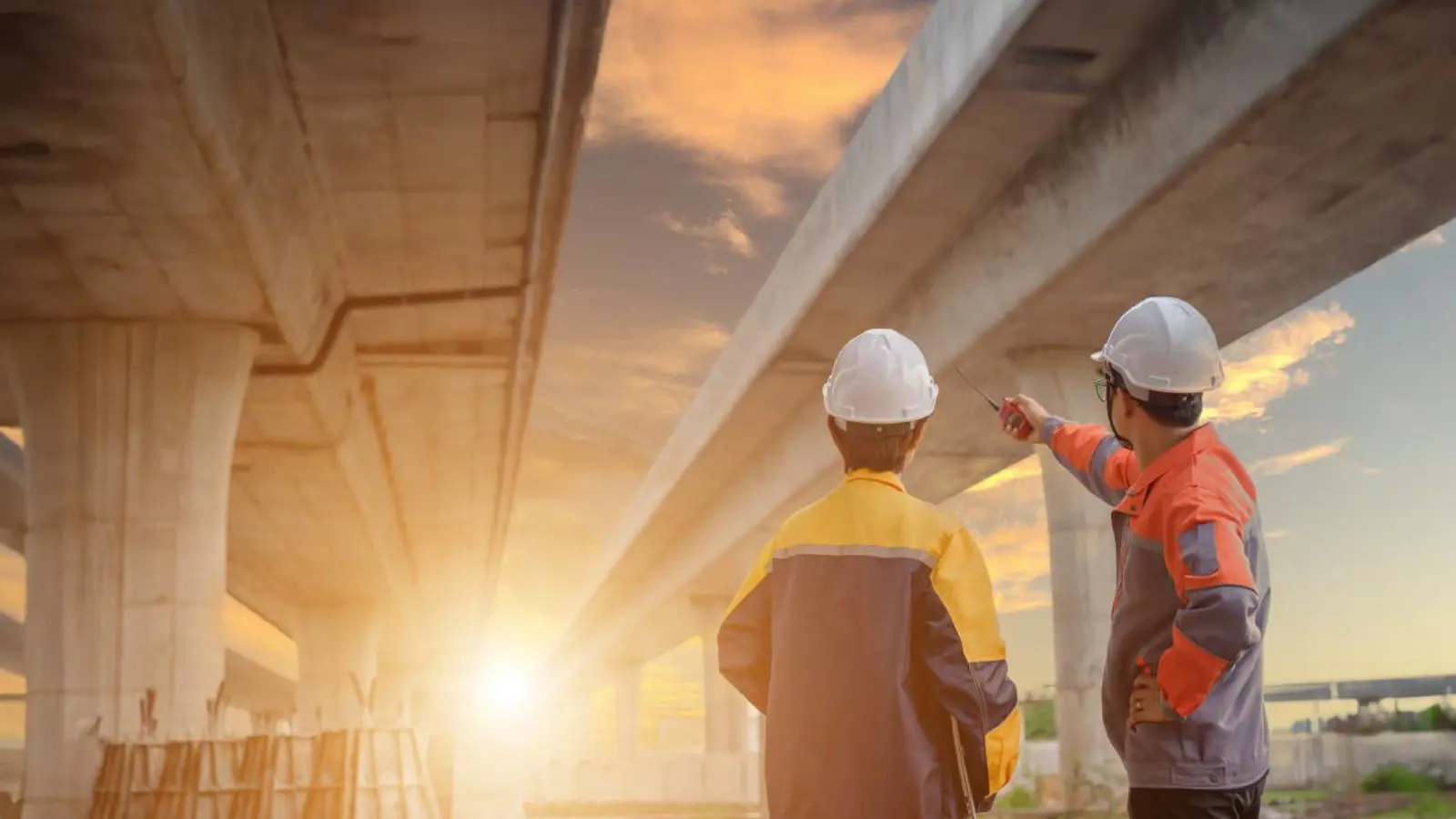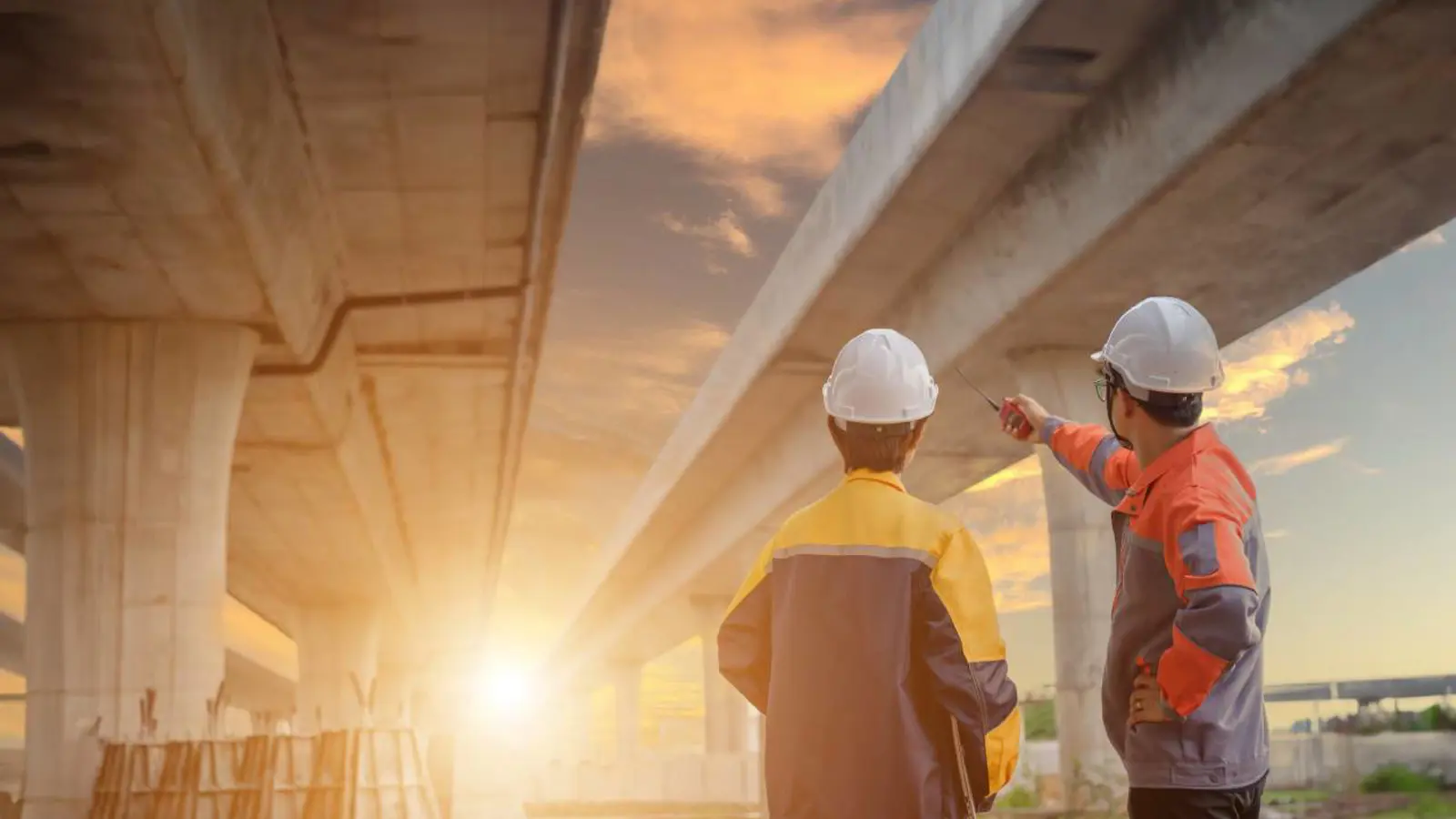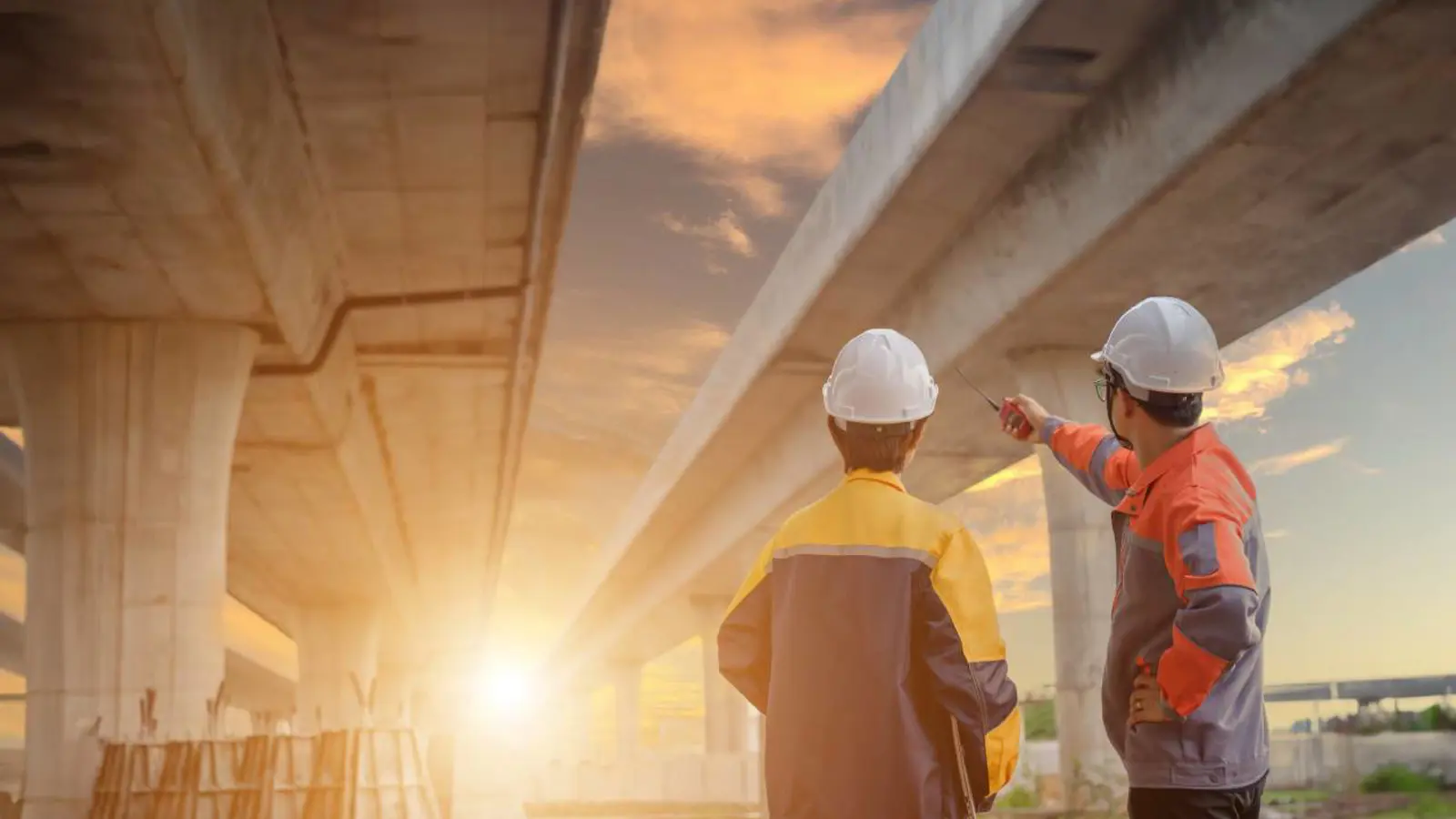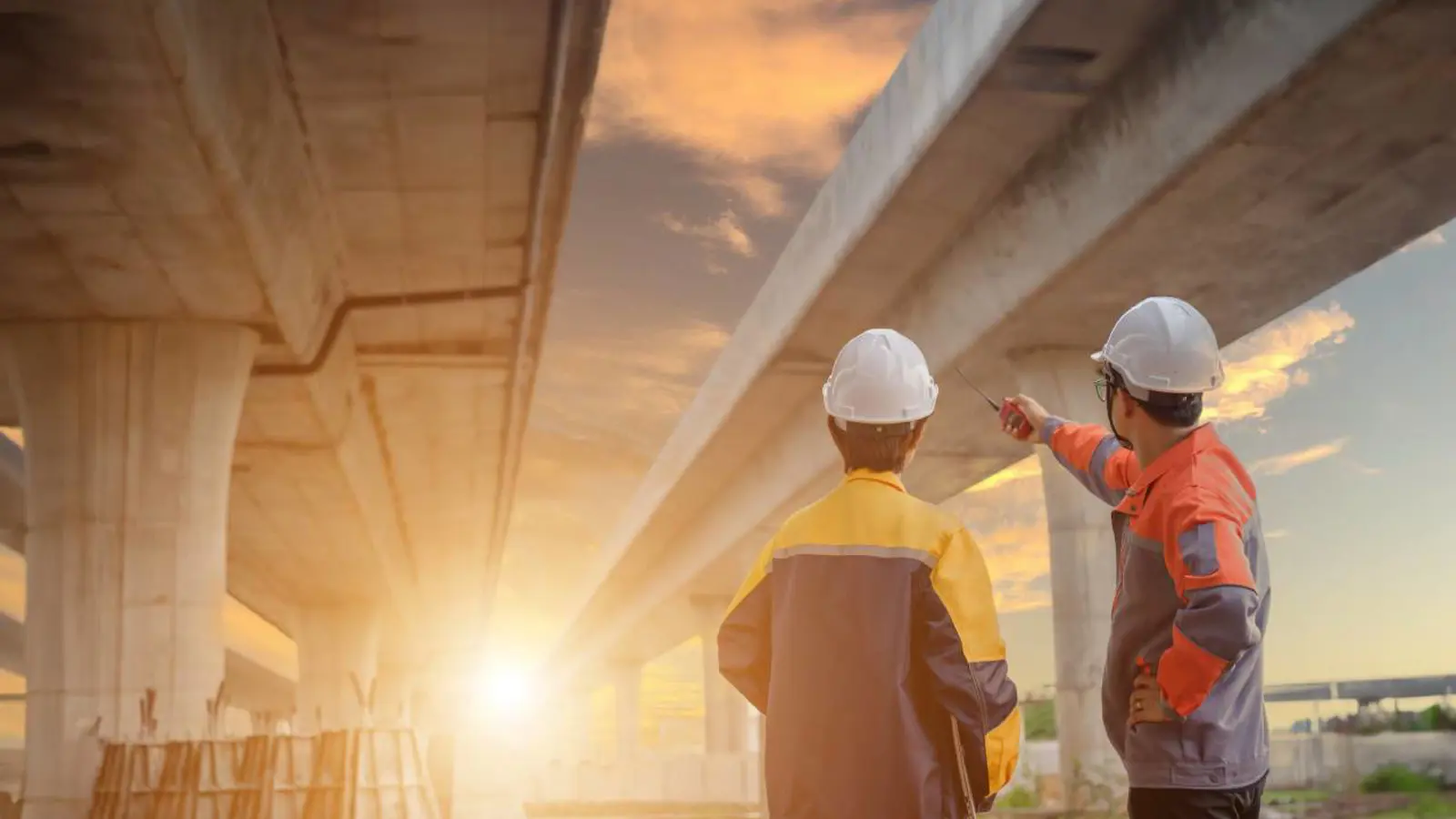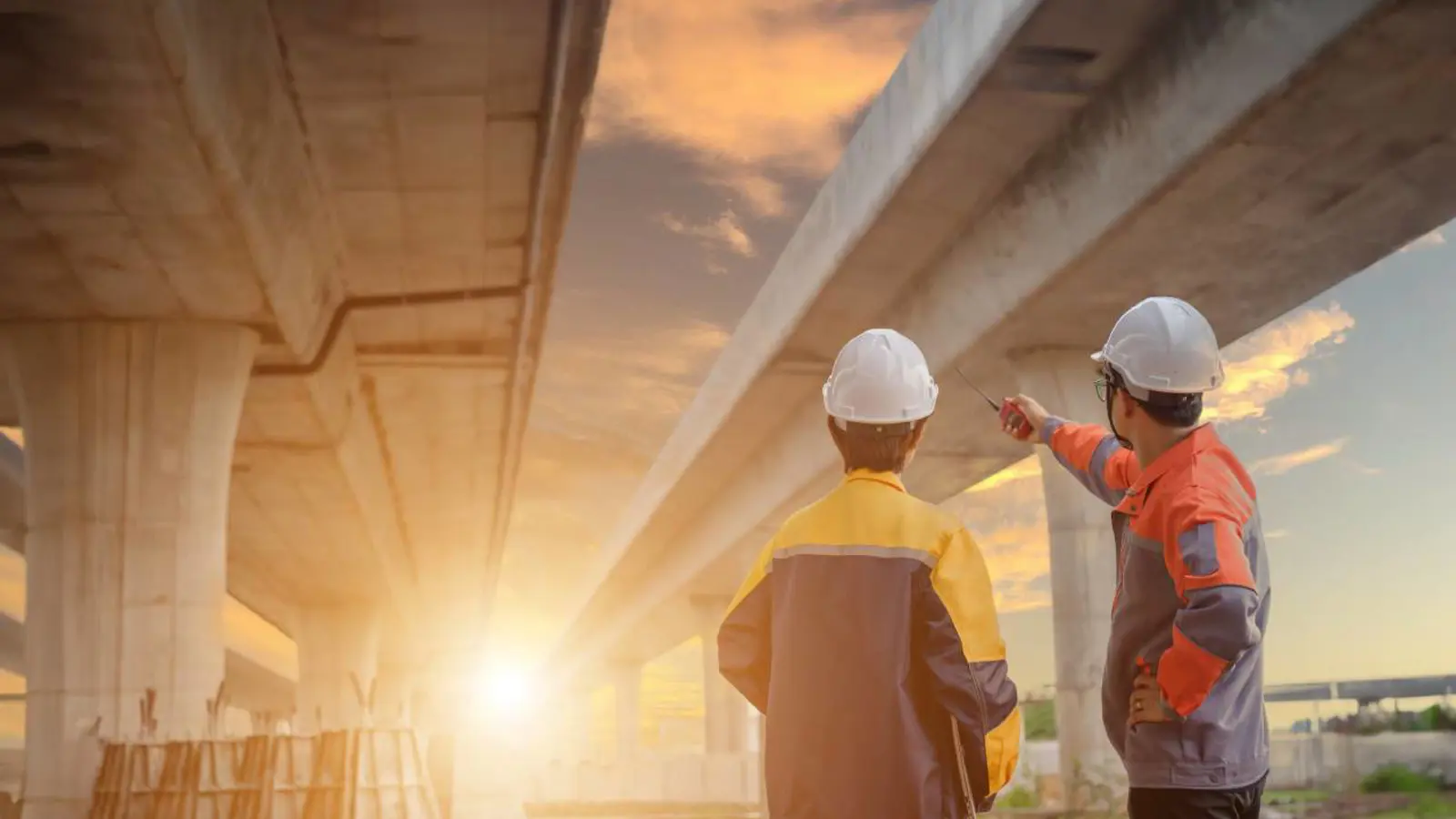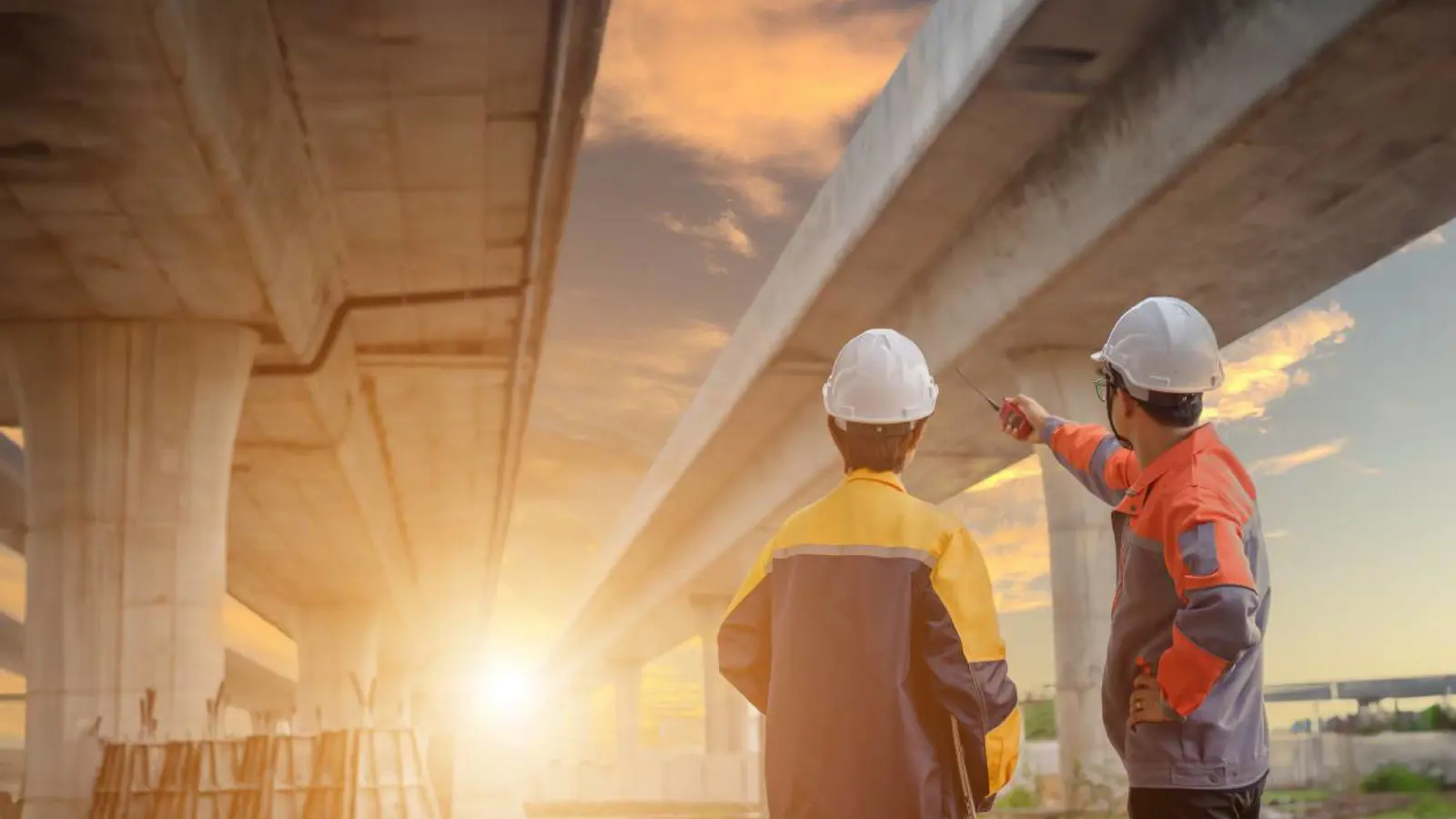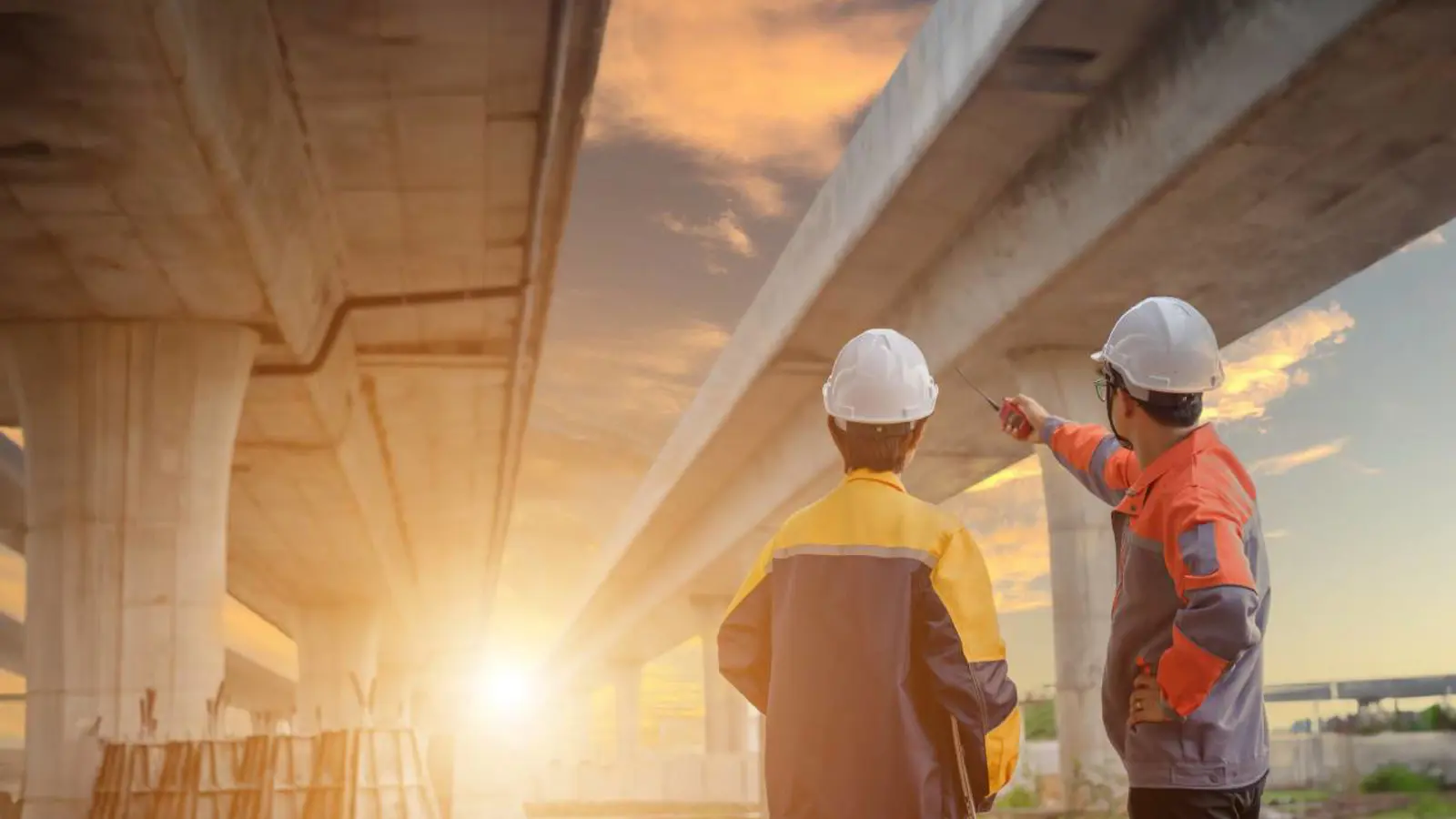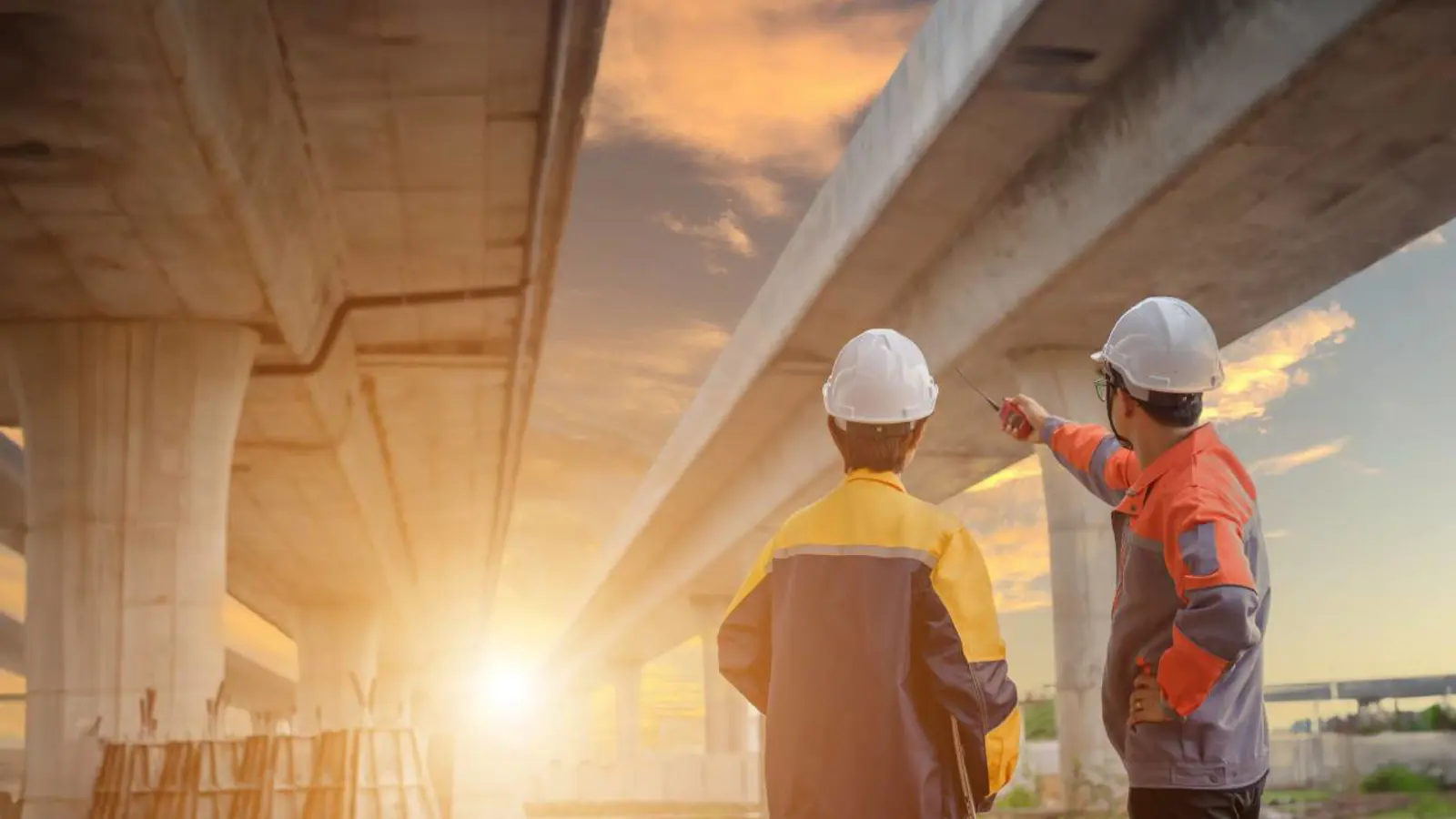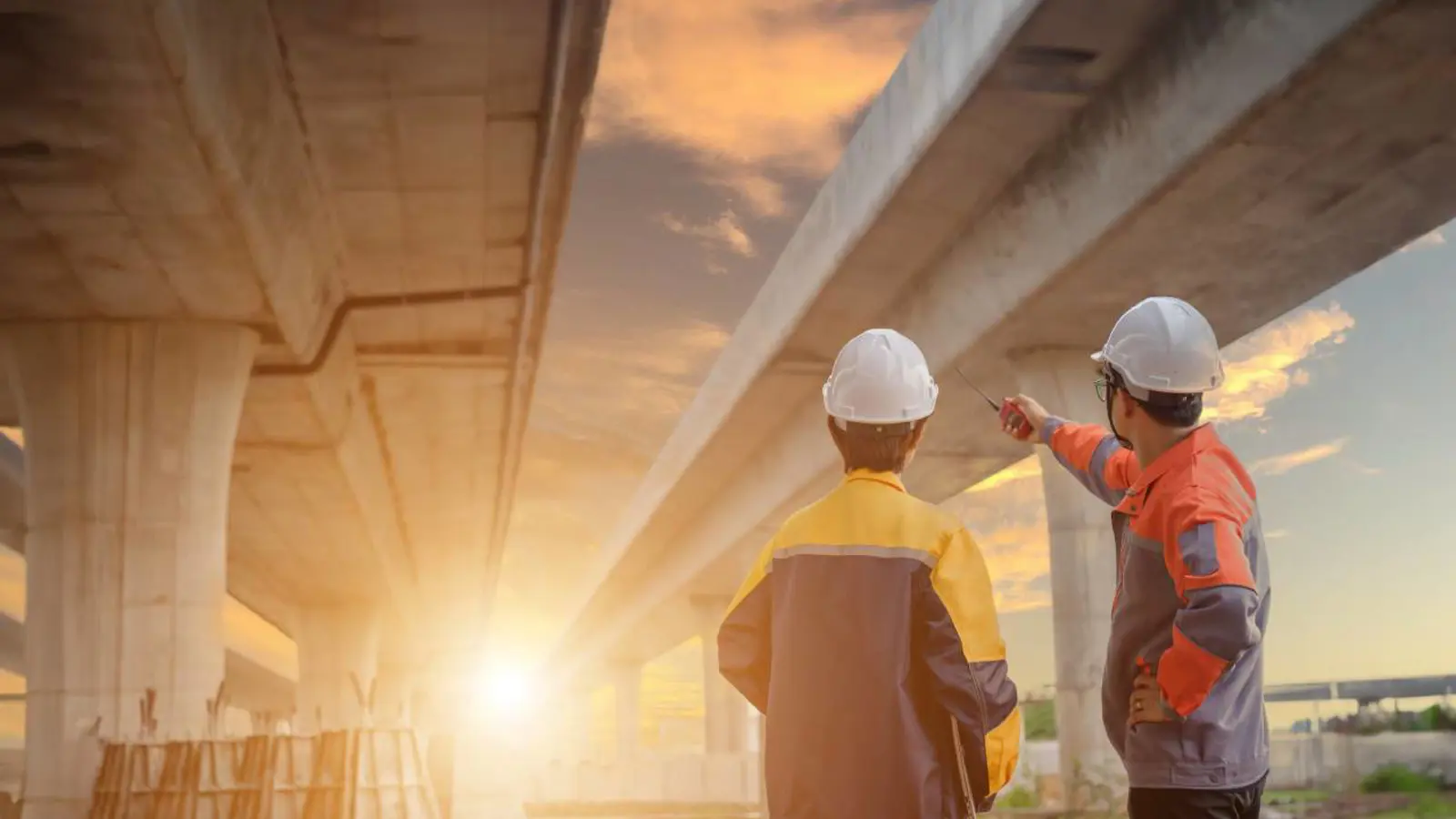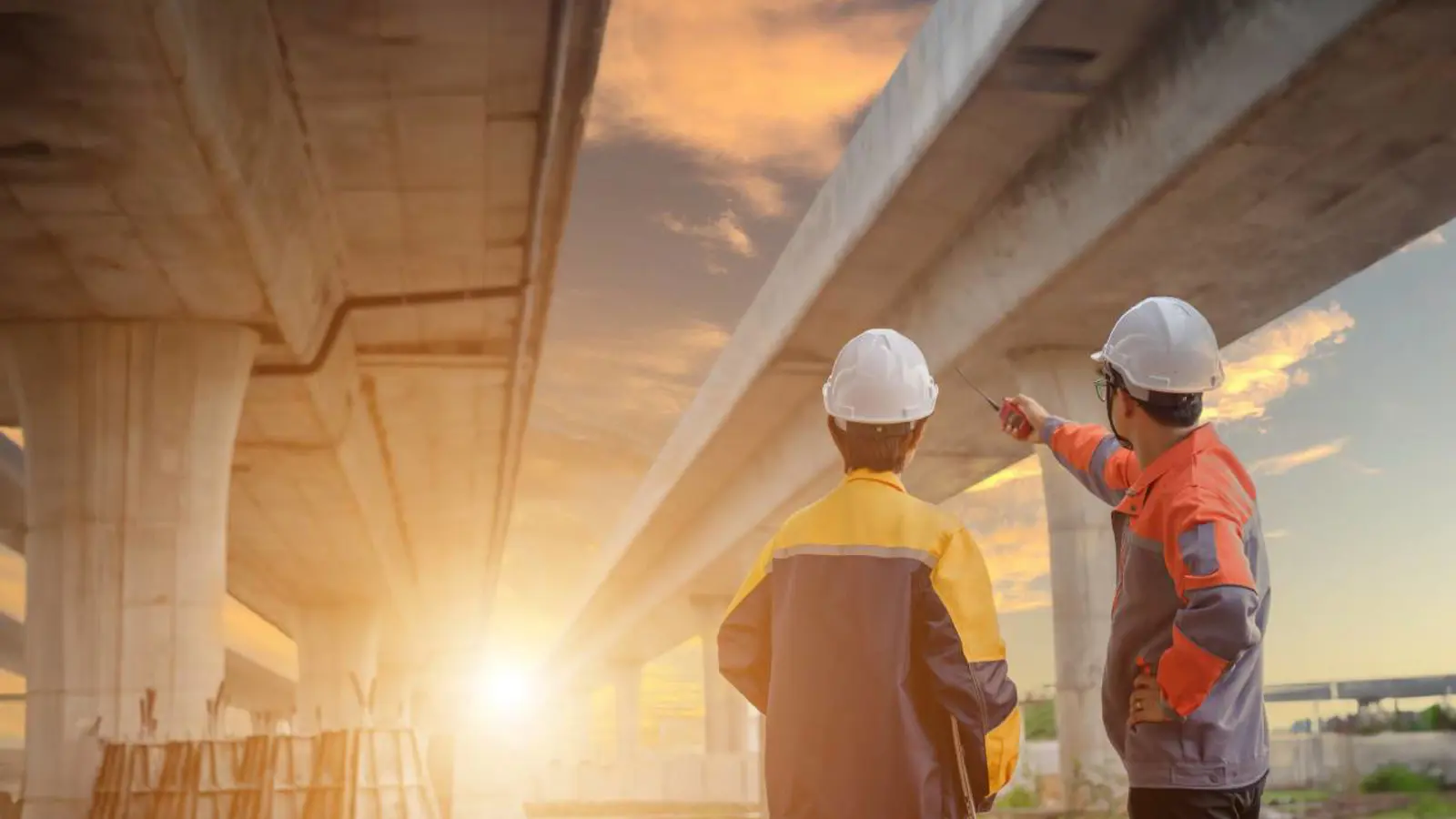Civil Engineering Equipment and Machinery Insurance: Protecting Your Most Valuable Assets
Understanding the Critical Role of Equipment Insurance in Civil Engineering
In the high-stakes world of civil engineering, your equipment is more than just machinery—it's the lifeblood of your business. From massive excavators to precision surveying tools, these assets represent significant financial investments that are crucial to your operational success. Civil Engineering Equipment and Machinery Insurance isn't just a regulatory requirement; it's a strategic safeguard against potential catastrophic financial losses.
The Multifaceted Risks Facing Civil Engineering Equipment
Physical Damage Risks
- Natural disasters (floods, earthquakes, storms)
- Accidental damage during transportation
- On-site collisions and operational accidents
- Theft and vandalism
- Mechanical and electrical breakdown
Financial and Operational Risks
- Extended equipment downtime
- Replacement and repair costs
- Project delays and contractual penalties
- Loss of revenue during equipment unavailability
- Potential breach of contractual obligations
Comprehensive Insurance Coverage Options
1. All-Risk Equipment Insurance
The most comprehensive coverage, protecting against almost all potential risks except those explicitly excluded. This policy typically covers:
- Accidental damage
- Theft
- Natural disasters
- Mechanical breakdown
- Transportation-related incidents
2. Named Perils Insurance
A more specific policy that covers only risks explicitly listed in the contract. While typically cheaper, it offers less comprehensive protection.
3. Replacement Cost vs. Actual Cash Value Policies
Understanding the difference is crucial:
- Replacement Cost: Covers the full cost of replacing equipment with new equivalent models
- Actual Cash Value: Considers depreciation, potentially leaving a significant out-of-pocket expense
Key Elements of Civil Engineering Equipment Insurance
Equipment Categories Typically Covered
- Excavators and diggers
- Cranes and lifting equipment
- Bulldozers and earthmovers
- Concrete mixers and pumps
- Surveying and precision instruments
- Generators and power equipment
- Specialized construction vehicles
Additional Coverage Considerations
- Worldwide coverage for equipment in transit
- Hired-in equipment protection
- Temporary replacement equipment
- Extended warranty options
- Business interruption coverage
Factors Influencing Insurance Premiums
- Total equipment value
- Equipment age and condition
- Types of projects undertaken
- Geographic work locations
- Historical claim records
- Risk management practices
- Security measures implemented
Risk Mitigation Strategies
Before Obtaining Insurance
- Maintain detailed equipment maintenance logs
- Implement robust security protocols
- Train staff in proper equipment handling
- Conduct regular safety inspections
- Use GPS tracking for high-value equipment
Documentation for Insurance Purposes
- Comprehensive equipment inventory
- Maintenance and service records
- Photographic documentation
- Purchase invoices and valuations
- Operational logs and usage records
Navigating the Insurance Claim Process
- Immediate incident reporting
- Comprehensive documentation gathering
- Professional damage assessment
- Detailed claim submission
- Cooperative investigation process
- Timely resolution and equipment replacement/repair
Protecting Your Civil Engineering Business
Civil Engineering Equipment and Machinery Insurance is not an expense—it's an investment in your business's resilience and continuity. By understanding the risks, selecting comprehensive coverage, and implementing robust risk management strategies, you can protect your most valuable assets and ensure your business's long-term success.
Frequently Asked Questions
Q1: How often should equipment insurance be reviewed?
Annually, or whenever significant equipment is added, replaced, or your business operations change substantially.
Q2: Are leased or hired equipment covered?
Coverage varies; always confirm specific terms with your insurance provider. Some policies offer hired-in equipment protection as an additional option.
Q3: What's not typically covered?
Normal wear and tear, intentional damage, consequential losses, and equipment used outside specified parameters are usually excluded.


 0330 127 2333
0330 127 2333
